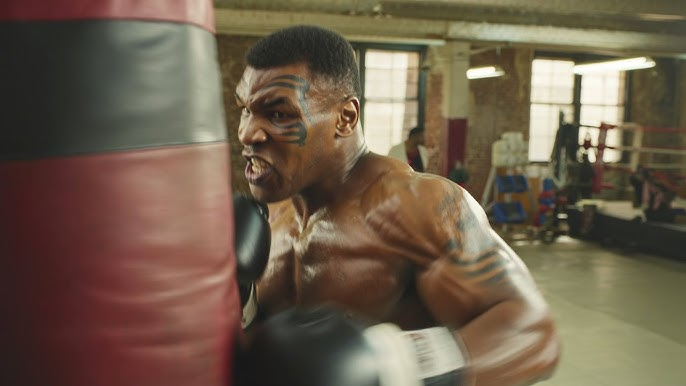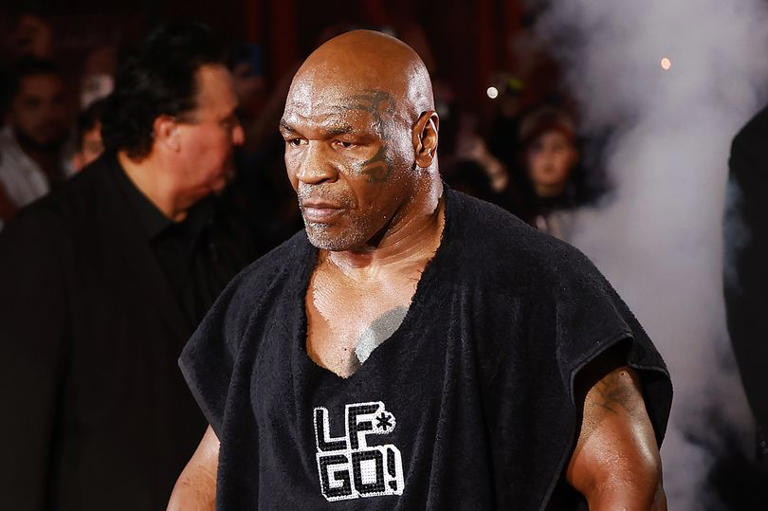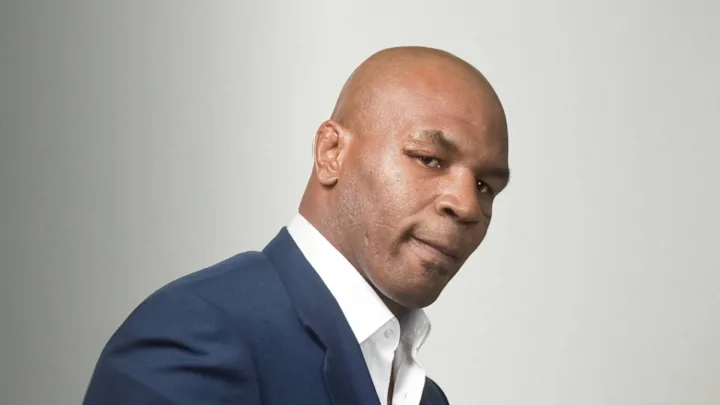Jamie Foxx doesn’t just play Mike Tyson in Tyson (2025) — he becomes him. Directed by the legendary Martin Scorsese and penned by Joker scribe Scott Silver, this biographical juggernaut lands like a clean right hook to the jaw: raw, relentless, and impossible to ignore. This isn’t a film about boxing. It’s a film about being Mike Tyson — the triumphs, the trauma, and the terrifying beauty of a man at war with the world and himself.

The film opens in silence, with young Mike staring into a broken mirror in Brooklyn. The camera lingers not on fists, but on eyes — wide, hurt, and already hardened. From there, the story doesn’t chronologically climb the ranks. Instead, it leaps — from iconic victories to crushing defeats, courtroom chaos to prison stillness. It’s a fractured, hypnotic timeline, mirroring the chaos of Tyson’s own mind.
Foxx is jaw-droppingly good. This is no caricature — it’s a performance laced with pain, vulnerability, and terrifying power. His physical transformation is impressive, but it’s the emotional depth that stuns: the childlike confusion beneath the fury, the desperation behind the arrogance, the quiet craving to be loved even as he destroys himself. Foxx peels back the myth to show the boy behind the Beast.

Then there’s Samuel L. Jackson as Don King — a whirlwind of ego, hustle, and silver-tongued manipulation. He’s equal parts charming and repulsive, perfectly capturing the promoter’s larger-than-life persona. Their relationship is both magnetic and tragic — two men chasing greatness, devouring each other in the process.
Scorsese, no stranger to troubled icons, directs with swagger and sadness. The fight scenes are stylized yet grounded — shot in visceral close-ups with blood and sweat flying like shrapnel. But he saves his real cinematic fury for the quietest moments: a solitary Tyson in a jail cell, reciting poetry. A press conference turned public unravelling. A brutal moment of self-recognition in front of a bathroom mirror.
Scott Silver’s script is masterful. It doesn’t sanitize or justify — it shows. The monstrous and the misunderstood coexist in every scene. Tyson’s rise is thrilling, but his fall is devastating. And his path to redemption — tentative, raw, unresolved — is what makes the film human. There’s no neat ending. Just a man still learning how to live with who he was.

Ludwig Göransson’s score adds muscle and mood, marrying orchestral swells with heavy percussion and electronic echoes. It pulses with adrenaline during fights, then drops into haunting minimalism when the gloves come off. The music carries the emotional rhythm of Tyson’s life — unrelenting, explosive, and often painful.
Visually, the film is striking. Gritty New York streets, opulent Vegas halls, the sterile cold of prison walls — every setting reflects Mike’s inner landscape. The lighting choices alone deserve praise: heavy contrast between shadow and spotlight, mirroring the duality of a man beloved and feared in equal measure.
Tyson (2025) isn’t interested in heroes or villains. It’s interested in truth. And that’s what makes it powerful. It forces viewers to sit with discomfort — to see the humanity in a man many only remember for his violence, and to reckon with the systems that built him, broke him, and branded him.







